
The recent launch of the Bajaj Pulsar NS400Z has created quite a stir in the market with its incredible price tag of Rs. 1.85 lakh (ex-showroom). However, is it just about affordability or also good in terms of riding experience? We have answered this elaborately in our first ride review of the bike. As of now, let’s take a look at some of its pictures from our review along with its key details.

The stance and the silhouette of the motorcycle look quite similar to the smaller Pulsar NS offerings. However, the NS400Z has many design elements which distinguish it from its smaller siblings.

The most prominent difference lies in the headlamp section which looks larger and fancier on the biggest Pulsar with Z-shaped LED DRLs flanking the round projector headlamp.

The fuel tank section also looks edgier with sharper extensions and bulkier radiator cowls. Plus, the rear section has a slightly more geometric design but the tail lamps look identical to the NS200.

On the feature front, this is the most loaded Pulsar ever. It gets a Bluetooth-enabled colour LCD screen, switchable traction control, and four riding modes which alter the level of ABS intervention, throttle response, and power delivery.

The engine is the same 373cc, liquid-cooled mill that does duty on the Dominar 400. Although the power and torque output numbers are almost identical, the final gear ratios have been revised to improve acceleration on the NS400.

While the main frame is also borrowed from the Dominar 400, the suspension setup, wheels, swingarm, and brakes are unique to the biggest Pulsar.

Tipping the scales at 174kg, the NS400Z is 18kg lighter than the Dominar 400 but 14kg heavier than the NS200. So, to retain the same agility as the NS200, Bajaj has steepened the rake of the 400 by around 1 degree which has also shortened its wheelbase by 20mm.

Notably, the impressive price tag of the Pulsar NS400Z is introductory and is likely to go up by around Rs. 10,000-15,000 in the coming months.








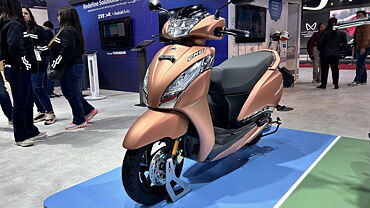
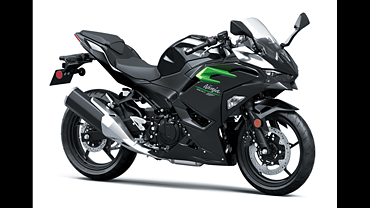
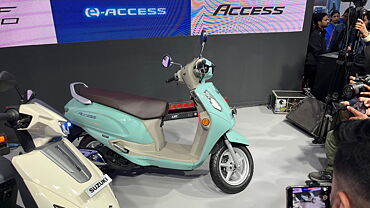
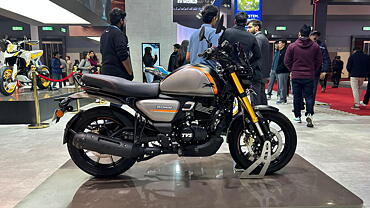


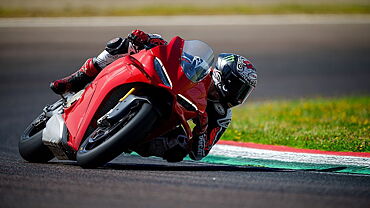
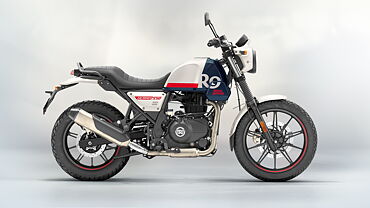
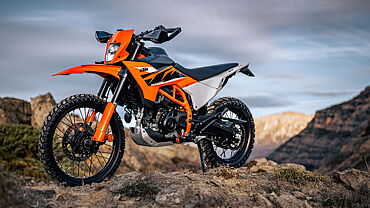
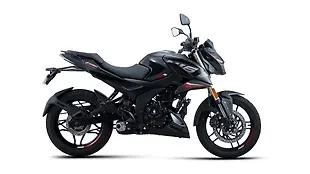
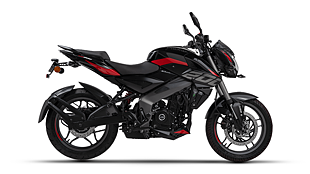
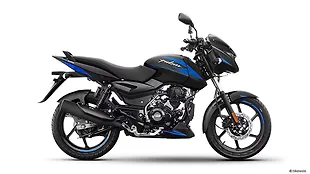





![KTM 390 Adventure X [2025] KTM 390 Adventure X [2025]](https://imgd.aeplcdn.com/272x153/n/cw/ec/190885/390-adventure-x-2025-right-side-view.jpeg?isig=0&q=80)